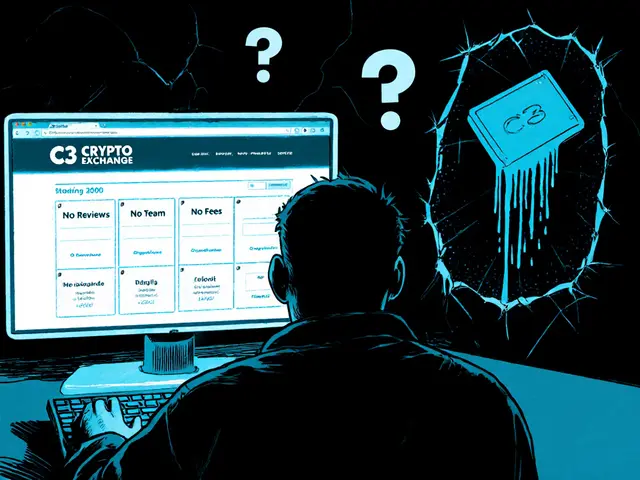ALONE token: Everything You Need to Know
When working with ALONE token, a utility and governance token built on Ethereum that powers privacy‑focused DeFi services. Also known as ALONE, it aims to reward long‑term holders while enabling secure, permission‑less transactions.
The ALONE token encompasses tokenomics the supply schedule, distribution rounds and incentive mechanisms that shape a coin’s economics. Its airdrop a free token distribution used to bootstrap community participation is designed to seed liquidity and attract early adopters. Because the token lives on a public blockchain, its cryptocurrency market cap the total value of all circulating tokens multiplied by the current price can swing quickly with trading volume. To actually move the token, users rely on a decentralized exchange a peer‑to‑peer platform where tokens are swapped without a central authority. In short, tokenomics influences market cap, the airdrop fuels early demand, and the DEX provides the trading venue.
Key Aspects of the ALONE Token
First, the supply model caps at 21 million units, with 40% allocated to the community via an airdrop that runs over three weeks. The remaining tokens are split between the development fund (30%), liquidity mining (20%) and a modest team reserve (10%). This distribution aims to keep price pressure low while rewarding participants who stake or provide liquidity on DEXs. Second, the airdrop eligibility hinges on holding specific partner tokens and completing simple KYC steps – a process that mirrors many recent DeFi launches. Third, trading on DEXs like Uniswap and SushiSwap lets holders swap ALONE without paying the high fees typical of centralized platforms. Because the token’s market cap reflects real‑time demand, watching volume spikes on these DEXs can give early signals about price movement.
Finally, the ecosystem embraces a governance layer where token holders vote on protocol upgrades, fee structures, and future airdrop round sizes. This creates a feedback loop: active governance can boost community confidence, which in turn lifts market cap and draws more traders to the DEX. Below you’ll find in‑depth guides that walk through the airdrop claim steps, break down the tokenomics spreadsheet, compare DEX fee structures, and explain how to interpret market‑cap changes for the ALONE token. Dive in to get the practical insights you need before you trade or stake.
Ready to explore the details? The collection that follows unpacks each of these topics, giving you clear, actionable information on the ALONE token’s airdrop, tokenomics, DEX trading options, and market‑cap dynamics.




